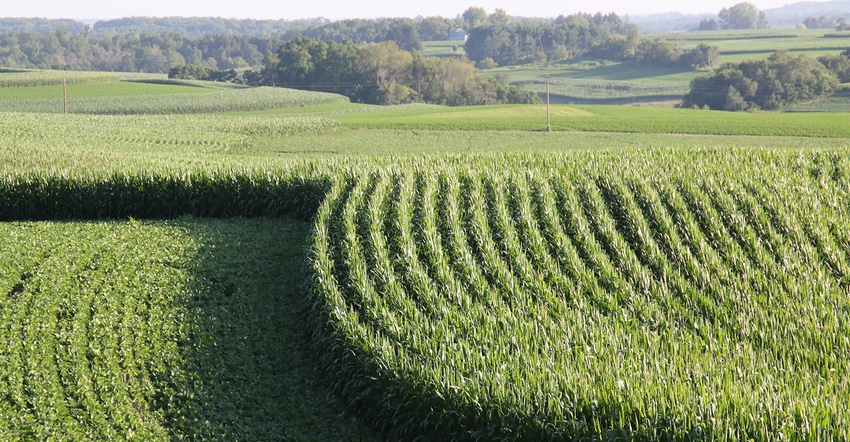October 10, 2018

By Blake Knickelbein
Easements are quite common on agricultural property, and we see easements that work very well and some that don’t work as well. As a quick primer, an easement is a “nonpossessory interest in land that gives the holder the right to use land owned by another for a specific use, without profit” (Jesse S. Ishikawa and Dean B. Richards, “Wisconsin Law of Easements and Restrictive Covenants” fourth edition 2009).
An easement does not transfer ownership of the land in question, only the right to use the land. The party that has the right to use the other party’s land is called the “easement holder,” and his or her parcel is called the “dominant estate.” The land where the easement is located is called the “servient estate” or the “burdened parcel.”
While there are other types of easements, I will focus on ingress and egress easements. An ingress and egress easement grants the easement holder the right to travel over the burdened parcel to access an adjacent parcel owned by the easement holder. When creating an ingress and egress easement, it is crucial to describe the easement area accurately. Most often, the party granting the easement will want to restrict the area of his or her property that the easement holder will have access to. Clients often say they are granting an easement “over my land” to the neighbor.
Be specific
As an example, if you are granting an easement over a 40-acre parcel you own, and the document describes your entire parcel, the easement holder has the right to go anywhere on that parcel. Therefore, when creating an easement, you need to get an accurate legal description of the specific area the easement holder will have access to. Issues arise when an easement is inaccurately or vaguely described, because that can lead to disputes as to the location of the easement.
A well-drafted easement also describes who is responsible for maintenance of the easement area. Depending on the type of easement, there may need to be repairing of potholes, snow removal, or resurfacing and maintenance of a paved road. Without language on maintenance, the general thought is that the easement holder is responsible for maintenance of the easement area. However, it is better to agree on this issue in writing to minimize potential disputes.
Take the example where you own your house and the residential driveway has a culvert on it. You then grant an easement to the neighbor-farmer to access his field behind your house. The farmer will be driving heavy pieces of machinery over your driveway, potentially tearing up the driveway and damaging the culvert. The easement should be explicit about who is responsible for maintenance and repair, and that the easement holder is required to fix any damage he or she causes.
Easement access
There are times where the burdened property owner attempts to limit the easement holder’s access to the easement. Maybe the easement holder has been going on more land than authorized in the easement. Maybe the easement holder is placing a significantly greater burden on the easement than originally intended. Or maybe the burdened property owner just doesn’t like the easement holder.
However, every easement carries with it the right to do what is reasonably necessary for the full enjoyment of the easement in light of the purpose for which it was granted (Gallagher v. Grant-Lafayette Elec. Coop., 2001 WI App 276). On the other hand, the use of an easement is strictly confined to the purpose for which it was created, and the easement holder may not unreasonably burden the servient estate (Widell v. Tollefson, 462 N.W.2d 910).
In summary, the easement holder has the right to enjoy his or her easement freely and without obstruction, but may not unreasonably burden the servient estate.
Easements are a useful and valuable interest in real estate and are used commonly in the agricultural industry. There are many issues to think about and resolve when creating an easement to avoid potential disputes. It is highly recommended to seek advice when creating an easement to avoid future disputes.

You May Also Like




